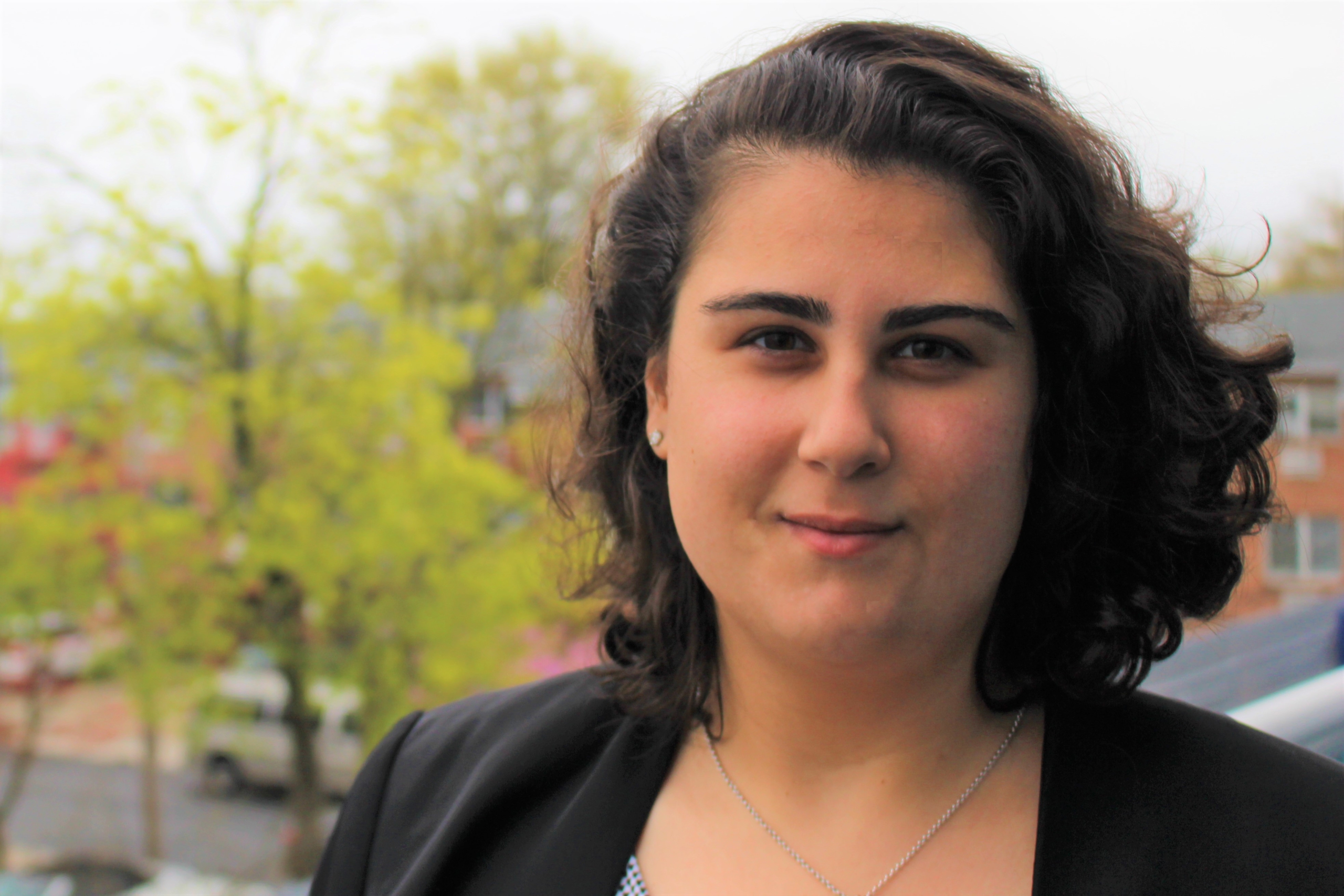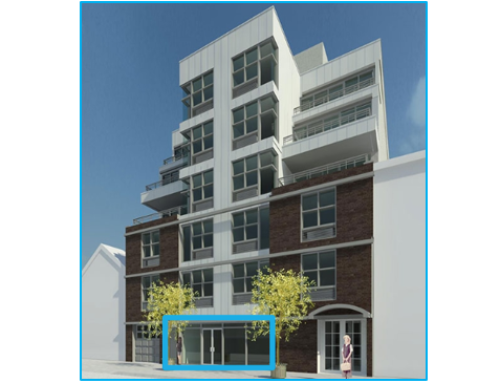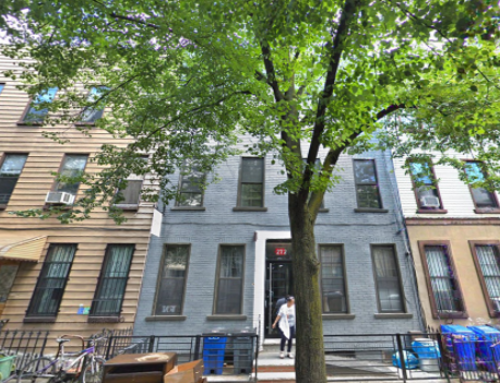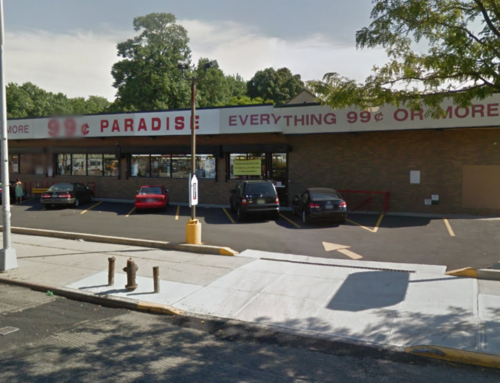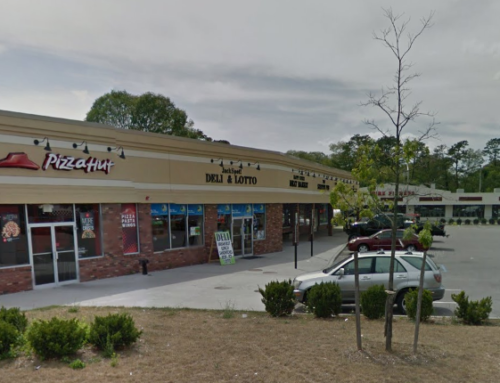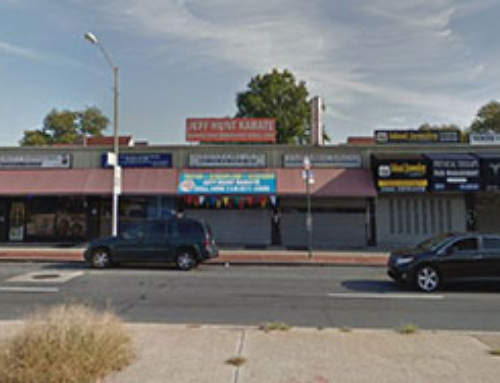Private developers and landlords are making big profits from shelter rents as the city faces an uphill battle with its growing homeless population.
Just north of Yankee Stadium, tucked between the Grand Concourse and the Major Deegan Expressway, the Bronx’s Highbridge neighborhood is poised for a big wave of gentrification. The neighborhood has seen rents rise faster than anywhere else in the city in recent years, per real estate website Zumper, and Highbridge is spattered with new apartment buildings.
Among them is a 44-unit rental property on Edward L. Grant Highway that Kim Tasher’s SKF Development is expected to wrap construction on this year.
But instead of renting out apartments to young couples and others earning above the area’s median income, SKF — one of the most active market-rate builders in the Bronx — has found another play. The company plans to lease the entire seven-story building to homeless-shelter provider Westhab, which is negotiating an $18 million contract deal with the city’s Department of Homeless Services, a draft version of the contract shows.
The proposed shelter is one of the newest under Mayor Bill de Blasio’s plan to overhaul a shelter system that’s found itself in a perpetual state of crisis, relying on short-term fixes as New York’s homeless population swells. And Tasher, who did not respond to multiple interview requests, represents a new breed of developer stepping up to meet the demand for more sustainable homeless housing — particularly with newly built properties.
Those private real estate sponsors generally charge the city a premium over unregulated apartment rents, a big factor in the decision to go with a shelter over rentals or condos, several insiders told The Real Deal.
The city “has so much money that they’re putting towards homelessness, and they’re paying above-market rates for deals where they can get some scale and make a dent,” said investment sales broker Steven Westreich of Westbridge Realty Group, who has worked with Tasher on several property deals.
But as DHS spends hundreds of millions to overhaul New York’s shelter system, it’s also reworking its budgeting process and methods for determining how much rent the city will pay for homeless housing. In that environment, sources familiar with the process say, it’s not always clear how the city calculates rents — or if it’s getting the best deal.
“It’s opaque,” said Brooklyn City Council member Stephen Levin, chair of the Committee on General Welfare, which oversees DHS. He added that the city was spending “enormous amounts of money” on shelters under normal circumstances and now even more so under de Blasio’s nearly two-year-old Turning the Tide on Homelessness initiative.
“The cost of the DHS budget on just shelter operations has [nearly] doubled to $2 billion” over the past two years, Levin said. “There should be oversight over how these lease terms are drawn up, and it shouldn’t be haphazard or ad hoc.”
The long haul
The city has its back against the wall as it tries to overhaul its shelter system — a situation Department of Social Services Commissioner Steven Banks has described as “flying the plane while we’re rebuilding it.”
One of the problems is that New York’s homeless population has risen faster than the city can open shelters. So DHS has had to rely on ineffective solutions, such as private apartments in run-down buildings, often referred to as cluster sites, and vacant hotel rooms. Some say that makes it difficult to provide the kinds of services that help break the cycle of homelessness and move people into permanent housing.
“Everything’s an emergency with DHS,” the head of real estate at one of the city’s largest shelter providers said on the condition of anonymity. “It’s always been about how desperate they were, how tight the census was and how tough the landlord was at the moment. That’s why the numbers have no type of pattern.”
New York’s shelter population began rising sharply nearly eight years ago, when city and state officials eliminated the Advantage program rent subsidy that helped many former homeless afford market-rate apartments. The shelter population has since shot up 65 percent from an average of 38,400 in 2011 to nearly 63,500 men, women and children in 2017 — an all-time record, per DHS.
To get a handle on the city’s fast-growing homeless population, de Blasio announced his Turning the Tide initiative in February 2017. The plan seeks to phase out roughly 3,000 cluster-site apartments by 2021, as well as rooms rented in some 80 hotels by 2023, and replace them with 90 new facilities built specifically as shelters.
And to meet that goal in time, the city will need to rely heavily on private developers, sources say.
“If you really know the right people and are working with the credible nonprofits, it’s a pretty lucrative business as an alternative to building condos and rentals,” said Michelle Abramov of the Queens-based commercial brokerage Asset Commercial Realty Group.
Abramov said that while the city offers financial incentives for private companies to build new shelters, those deals come with their share of risks. Working with DHS, for example, can be a lengthy process, and a developer has to consider the carrying costs. Shelter operators can also lose their funding — forcing some landlords to scramble to lease the space to another tenant.
“Do I see it as being a big risk right now? No,” she said. “Unfortunately, New York is at the top of the list of cities that have the largest homeless populations.”
At the same time, the city is allocating more cash to give DHS a leg up: The agency’s budget has grown more than 40 percent in fiscal year 2018 from $1.4 billion two years ago, and it tends to spend more throughout the year, city records show.
And for the first time in its 26-year history, DHS is using comparable rents in neighborhoods to help determine the appropriate rate to pay for shelter space. An October 2017 audit by State Comptroller Tom DiNapoli found that rental rates for homeless housing are typically negotiated between the landlord and shelter provider, and that DHS “has no choice but to accept the cost.”
A DHS spokesperson said the agency was already initiating reforms when the comptroller’s office conducted its review, adding that it will use a revamped budgeting model for all new shelters going forward.
But the agency ignored multiple requests to discuss the comps it uses for shelter space and other factors that go into calculating rents. That’s become a point of tension, particularly as the “fair share” part of de Blasio’s five-year plan looks to spread shelters out across the five boroughs — including more affluent neighborhoods where the city will be paying more for rent.
“There’s a bit of a debate going on right now,” said the head of real estate at the large shelter provider, “but they have to do that if they don’t want all the shelters to be in the South Bronx.”
Ruffled feathers
One of the more contentious shelter proposals is at the former Park Savoy Hotel on West 58th Street, in the area known as Billionaires’ Row. That has been a key move by the city to share the burden that less affluent neighborhoods face when housing the homeless.
A group of more than 500 residents in the Midtown neighborhood filed a lawsuit against the city in July to try to prevent the shelter from opening. The West 58th Street Coalition claimed the building is not up to modern safety standards and would pose a threat to its homeless residents and others who live nearby.
An appellate court judge granted the group a temporary win in late December, preventing the city from moving people into the shelter pending a full appeals panel review.
Randy Mastro, co-chair of Gibson & Dunn’s litigation practice, who represents the resident group, said that on top of the potential safety violations, the city is paying through the nose to make a point.
“Our coalition actually identified an alternative location just four blocks away that was move-in ready, safe and much cheaper,” said Mastro, a former deputy mayor in the Rudy Giuliani administration. “But the city blew us off and, for whatever reason, predetermined they wanted to open a facility in that particular building in that particular location — come hell or high water.”
But opponents of homeless shelters can’t simply suggest an alternative location; a shelter operator would have to submit a proposal to DHS. And the 107-year-old Park Savoy is up to code, according to both the city’s Fire Department and Department of Buildings. The building has “never been safer, in terms of fire protection,” an FDNY spokesperson said.
DHS inked a $61 million contract for the former hotel with Westhab (the same nonprofit that will operate Tasher’s shelter in the Bronx) that will pay the organization more than $48,000 per year per person, or nearly 33 percent more than the average single-adult shelter, according to the lawsuit.
Mastro argued that the city’s Human Resources Administration has stymied his efforts to review the contract and denied records requests for the comps used to determine rent at the shelter. The city, he said, is failing to offer evidence that opening a shelter at such a high cost is rational.
Both sides have made their arguments to the court and are awaiting a ruling, according to the DHS spokesperson. “We remain focused on opening this site as soon as possible so that we can provide high-quality shelter and employment services to hardworking New Yorkers experiencing homelessness as they get back on their feet,” the spokesperson said.
Private incentives
While homeless shelters remain a tough sell to affluent communities, a growing number of for-profit developers are seeing the mutual benefits. Women in Need CEO and former City Council Speaker Christine Quinn said the city’s real estate industry has shown “greater interest” in homeless housing since de Blasio’s five-year plan launched.
“The industry and service providers are at the ready to ‘turn the tide’ from plan to reality,” she told TRD. “Now what we need is some cohesion from the city.”
Westreich of Westbridge Realty said he’s also seeing more landlords and developers show interest in the city’s shelter system due to the potential for profits. “Shelters are an interesting play right now,” he said, noting that it can be hard to turn away when shelter operators show up with a check and are willing to pay above-market rents.
Dozens of real estate investors own buildings in five boroughs that they either operate directly or lease out to shelter providers.
David Levitan is one of the largest private homeless shelter landlords in the city, with a portfolio spanning 54 properties and 3,719 units, according to a TRD review of DHS records. The co-founder of Brooklyn-based Liberty One Group has been operating shelters for at least two decades and was around in the early 2000s, when the city began filling single apartments as a stopgap.
Now Levitan is opening at least two new shelters under Turning the Tide: one at a former warehouse on East 134th Street in the South Bronx and another at a hotel on 127th Street in College Point, Queens. The Queens shelter is facing pushback from community members who plan to sue the city in an effort to block it.
Shimmie Horn, meanwhile, has 1,393 units in nine properties. He recently opened a shelter at the former Hotel Chandler on East 31st Street in Manhattan. Levitan and Horn did not respond to requests for comment.
Privately owned homeless shelters can be a double-edged sword. Most seasoned landlords will be flexible when it comes to the idiosyncrasies and quirks of the shelter system, according to several insiders. DHS, for instance, is notorious for making late payments to shelter providers — a problem when monthly rent checks are due.
At the same time, having a small concentration of private landlords means those building owners can often negotiate higher rents with shelter providers, which then pass the costs back to the city.
One shelter operator, who asked not to be identified, said the city may face some harsh realities as it takes a more analytical look at the market for shelter space. “The comps are not a bad idea, but it may take them down a road they didn’t anticipate where they’re going to have to pony up,” the operator said. “The long and short of it is that the developers are making a lot of money.”
But as a growing number of private sponsors join the mix and more nonprofits look to build their own properties from the ground up, some say that could create more equilibrium.
Brooklyn-based developer Heights Advisors opened a shelter in the affordable rental property it recently built on Rogers Avenue in Crown Heights — one of the first under de Blasio’s initiative. It’s also the first homeless shelter for Heights Advisors, which built the Richard Meier-designed condo tower On Prospect Park, overlooking Grand Army Plaza.
And the New York-based nonprofit Bowery Residents Committee, which has been providing services to the city’s homeless since the early 1970s, recently developed its own building at 233 Landing Road in the Bronx’s University Heights neighborhood with a 200-bed homeless shelter and 135 affordable apartments.
The property — built with financing from charitable foundations and philanthropists — is part of the city’s new HomeStretch housing model, which uses surplus income from the shelter component to help subsidize the permanently affordable rentals.
Bowery Residents CEO Muzzy Rosenblatt said his organization was forced to come up with an alternative solution when the federal government cut spending for Section 8 housing in 2010. Rosenblatt acknowledged that ground-up development is tough for nonprofits to finance and said he “would love if the private guys followed our lead.”
Until the city gets a handle on the homeless population, though, demand for shelter space will continue to rise, he said.
“DHS knows that they have to have the capacity — that lengths of stay in the shelter system are going up and that demand for shelters is going up,” Rosenblatt said. “And the real estate community knows that as well.”
Source: https://therealdeal.com/issues_articles/homeless-housing-development-nyc/#new_tab

